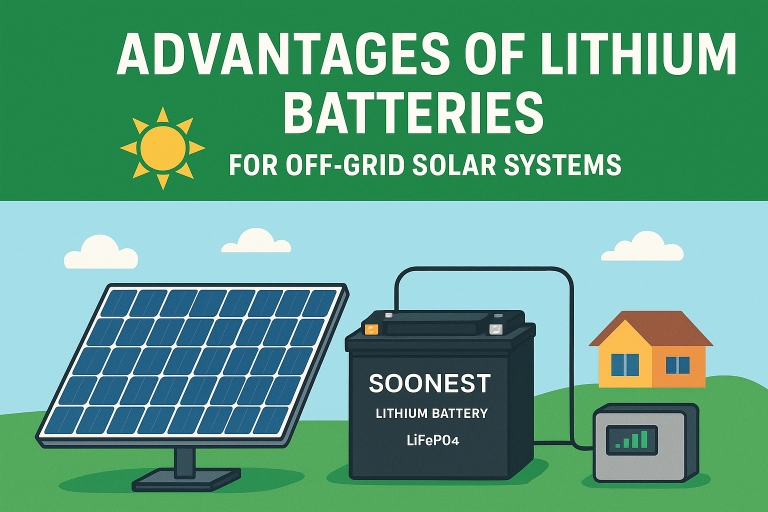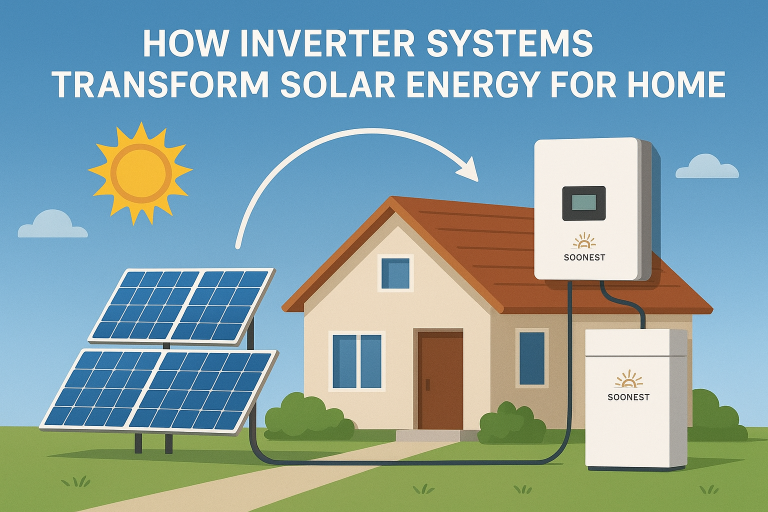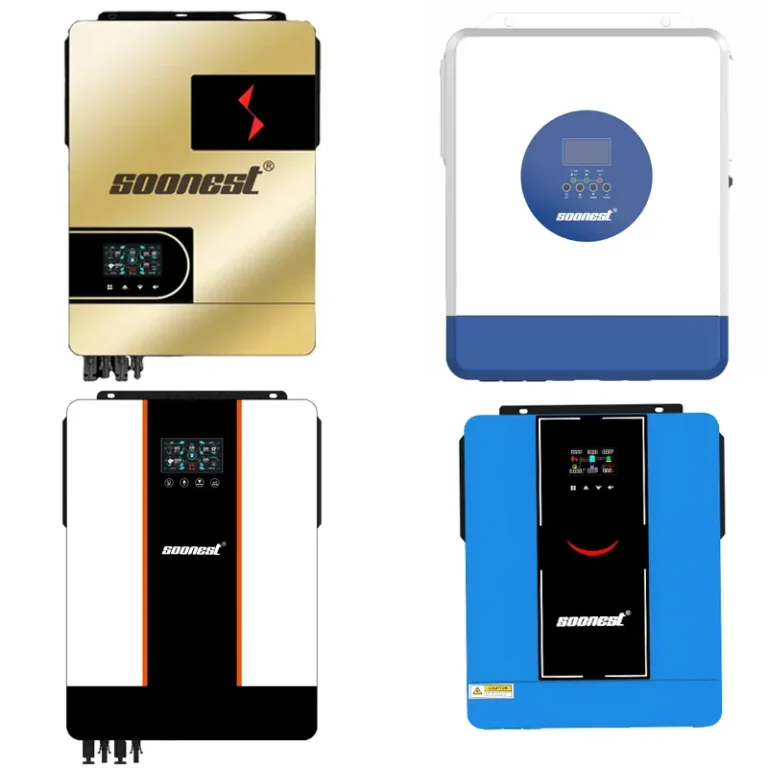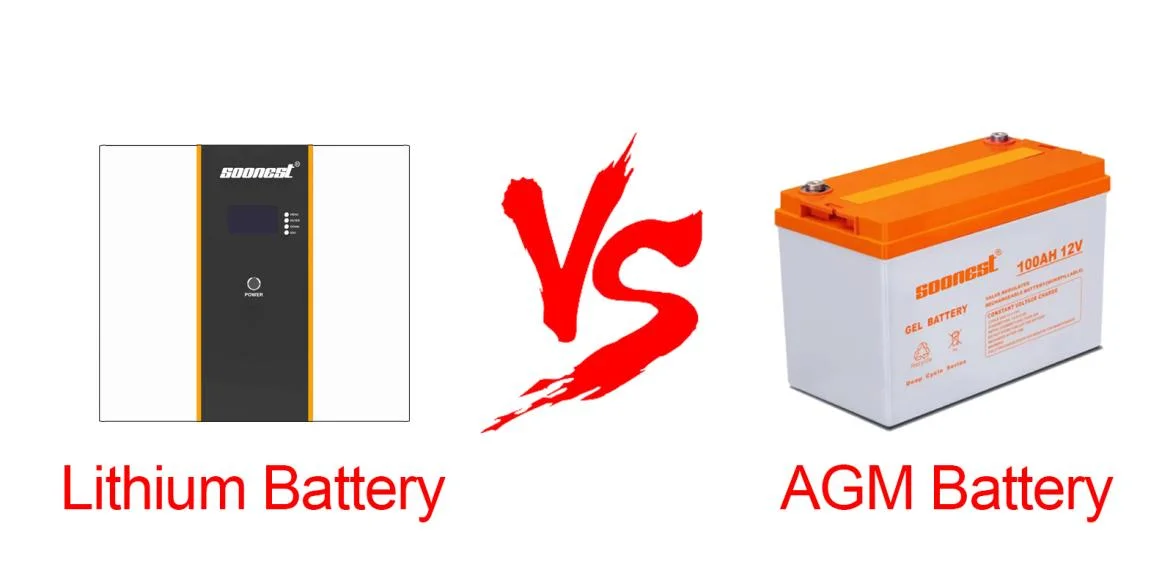
What Are the Basics of Lithium and AGM Batteries?
Lithium batteries, especially LiFePO4, are great for solar use. They hold a ton of power, last a long time (2,000-5,000 cycles), and work really well (up to 95% efficiency).
Key Features of Lithium Batteries
Lithium batteries are known for packing lots of energy. They’re light and can handle thousands of charges. This makes them awesome for solar setups where you need strong, steady power. So, you can grab sun energy quickly during bright hours.
Characteristics of AGM Batteries
AGM batteries, or Absorbent Glass mats, use a special mat to keep liquid inside. This stops spills and makes them easy to look after. But they store less power than Lithium batteries. So, they take up more space for the same energy.
Differences in Battery Chemistry and Design
Lithium batteries have a special lithium mix. It gives more power in a small size and works better. AGM batteries use a lead-acid mix. It’s heavier and not as good but costs less to start. Plus, Lithium batteries can be used up more without getting damaged.
How Do Lithium and AGM Batteries Perform in Solar Applications?
Energy Efficiency in Solar Applications
Lithium batteries are really good at keeping energy. They save up to 95% of the power they get. AGM batteries keep about 85%. They lose a bit more energy. So, Lithium batteries are better for holding sun power.
Depth of Discharge and Its Impact on Performance
Depth of discharge, or DoD, means how much battery power you can use safely. Lithium batteries can use 80-90% of their power with no issues. AGM batteries should only use about 50%. This means Lithium batteries give you more energy each time.
Why Should You Choose Lithium Batteries for Solar Systems?
Lightweight Design and Portability
Lithium batteries are way lighter than AGM ones. This makes them easy to put in place. You don’t need heavy racks to hold them up.
Faster Charging Capabilities
With neat tools like Maximum Power Point Tracking (MPPT), Lithium batteries charge fast. They grab power quickly, even if the sun’s out for a short time.
When Are AGM Batteries a Good Option?
Cost-Effectiveness for Budget-Conscious Users
AGM batteries are cheaper to buy than Lithium batteries. If you’re short on money or need a quick fix, they’re a solid choice.
Low-Maintenance Requirements
AGM batteries are sealed tight. You don’t need to add water or check them much. This is great for far-off setups or people who want less work.
Why LiFePO4 Lithium Batteries Stand Out for Solar Applications
LiFePO4 Lithium batteries are amazing for solar use. They’re very safe, last a long time, and are nice to the planet. Their steady mix stops them from getting too hot, even in rough conditions.
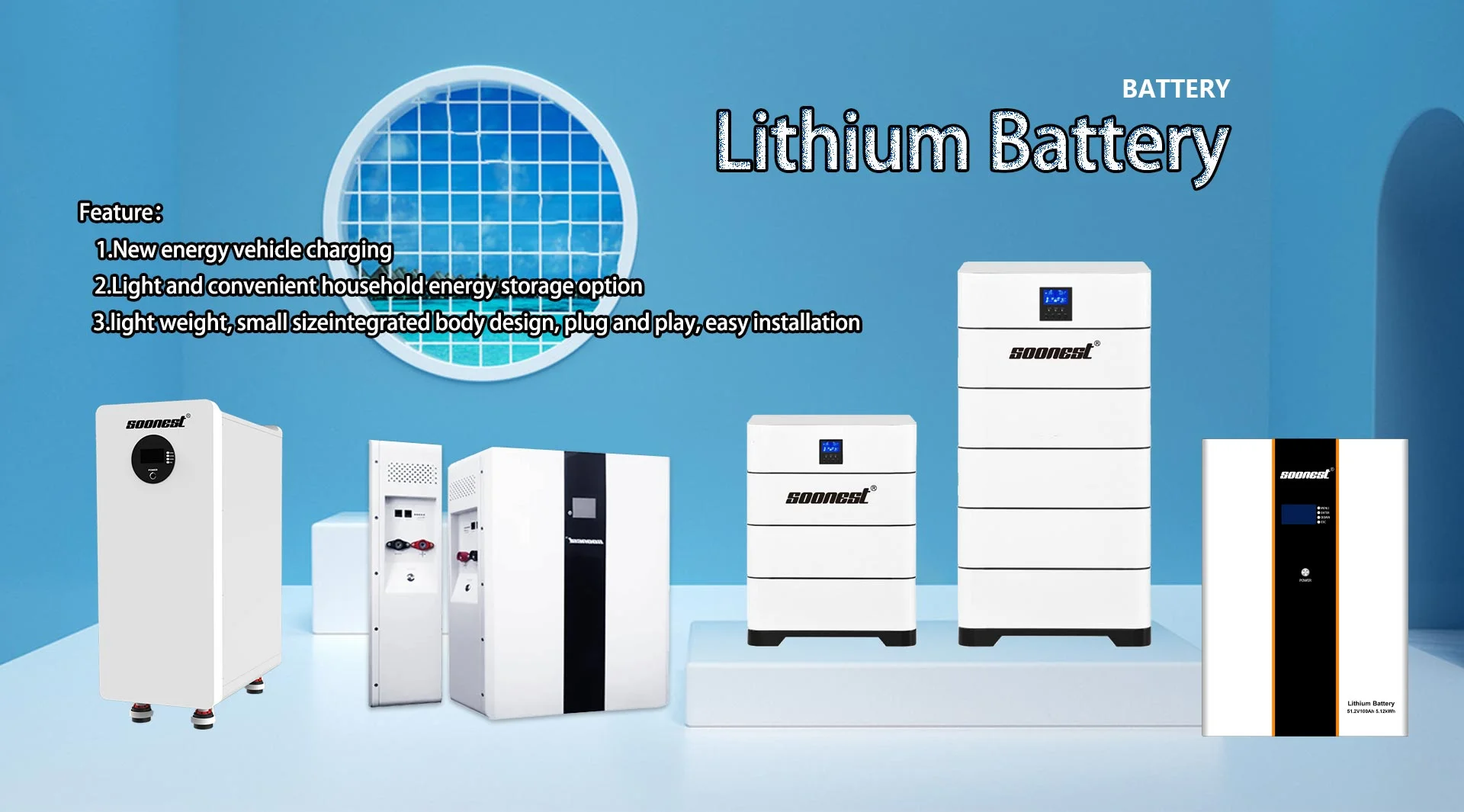
Improved Safety Features with LiFePO4 Chemistry
Thermal Stability and Reduced Risk of Overheating
LiFePO4 batteries are great at staying cool. They don’t overheat or catch fire easily. Their special mix keeps them stable, even in hot or tough spots. Unlike other Lithium batteries, they’re safe if you charge them too much or bang them up.
Extended Lifespan Compared to Other Lithium Options
LiFePO4 batteries last a really long time. They can handle 2,000-3,000 cycles. Some cool ones even reach 5,000 cycles. This makes them a smart buy over time.
How to Choose the Right Battery for Your Solar System
Assessing Your Energy Needs and Usage Patterns
To pick the best battery, figure out how much energy you use each day. Add up the watt-hours of all your things. Make sure your battery holds enough power to match your solar panels. This keeps you from wasting energy.
Calculating Daily Energy Consumption
Start by checking how much power your staff uses daily. Look at all the gadgets you’ll run with solar power. This helps you choose a battery that holds enough energy without needing to charge all the time.
Recommendations: Soonest’s Products for Optimal Solar Efficiency
Overview of Soonest’s LiFePO4 Battery Range
If you want reliable solar batteries, Soonest has a great set of LiFePO4 batteries. They’re built just for solar use. Their products mix new ideas with strong designs to work well in all sorts of places.
Features That Make Soonest LiFePO4 Ideal for Solar Use
Soonest’s LiFePO4 batteries have smart safety tricks. They use Battery Management Systems (BMS) to check temperature, power, and charging all the time. These stop overheating or overcharging. They also help the battery work better.
Specific Models Tailored for Different System Sizes
Whether you’re powering a small cabin or a big house, Soonest has batteries for you. They have tiny units for small setups and big ones for huge solar systems. Their batteries fit all kinds of energy needs.
Why Choose Soonest Over Other Brands?
Reliability and Proven Performance in Real-world Conditions
Soonest tests their batteries hard to make sure they work in any weather. From icy winters to hot summers, their batteries stay strong. You can count on them for steady power.
Customer Support and Warranty Benefits
Soonest offers awesome help and good warranties. They don’t just sell batteries—they stay with you. Their support makes your solar journey easy and stress-free.
What Are the Basics of Lithium and AGM Batteries?
Lithium batteries, like LiFePO4, are awesome for solar use. They hold lots of energy, last a long time (2,000-5,000 cycles), and work super well (up to 95% efficiency).
Key Features of Lithium Batteries
Lithium batteries are famous for holding tons of energy. They’re light and last through thousands of charges and uses. This makes them perfect for solar systems where you need steady, good power.
Characteristics of AGM Batteries
AGM batteries, or Absorbent Glass mats, use a special mat to hold liquid inside. This makes them safe from spills and easy to care for. But they hold less energy than Lithium batteries. So, they need more room for the same power.
Differences in Battery Chemistry and Design
Lithium batteries use a special lithium mix. This gives them more power per piece and works better. AGM batteries use a lead-acid mix. It’s heavier and less strong but costs less at first. Also, Lithium batteries can be used up more without getting hurt.
How Do Lithium and AGM Batteries Perform in Solar Applications?
Energy Efficiency in Solar Applications
Lithium batteries are super good at saving energy. They keep up to 95% of the power they get. AGM batteries save about 85%. This means they lose a bit more energy. So, Lithium batteries are better at storing solar power.
Depth of Discharge and Its Impact on Performance
Depth of discharge, or DoD, is how much battery power you can use safely. Lithium batteries can use 80-90% of their power without trouble. AGM batteries should only use about 50%. This means Lithium batteries give you more power each time you use them.
Why Should You Choose Lithium Batteries for Solar Systems?
Lithium batteries are much lighter than AGM ones. This makes them easier to set up. You don’t need super strong racks or bases to hold them. Lithium batteries pack more power in a small space. This is great for tiny or moving solar setups. You get more energy without needing big batteries.
Why LiFePO4 Lithium Batteries Stand Out for Solar Applications
They’re super safe, last long, and are kind to the earth. Their steady mix keeps them from getting too hot, even in tough spots.
Improved Safety Features with LiFePO4 Chemistry
LiFePO4 batteries are awesome at staying cool. They don’t get too hot or catch fire easily. Their special mix keeps them steady, even in hot or hard conditions. LiFePO4 batteries last a super long time. T You won’t need to buy new ones as often as other batteries.
How to Choose the Right Battery for Your Solar System
Assessing Your Energy Needs and Usage Patterns
To pick the right battery, figure out how much energy you use daily. Add up the watt-hours of all your stuff. Make sure your battery can hold enough power to match your solar panels. This stops you from wasting energy.
Evaluating Long-Term Costs Versus Initial Investment
Think about all costs, like upkeep and energy loss. Lithium batteries need almost no care. AGM batteries might need some checks. Also, Lithium batteries give more usable power per charge. This saves you money in the long run.
Recommendations: Soonest’s Products for Optimal Solar Efficiency
Overview of Soonest’s LiFePO4 Battery Range
If you want trusty solar batteries, Soonest has a great lineup of LiFePO4 batteries. They’re made just for solar use. Their products mix new tech with strong builds to work well in all kinds of places.
Features That Make Soonest LiFePO4 Ideal for Solar Use
Soonest’s LiFePO4 batteries have smart safety tools. These stop overheating or overcharging. They also make the battery work better.
Specific Models Tailored for Different System Sizes
Whether you power a tiny cabin or a big house, Soonest has batteries for you. They offer small units for little setups and big ones for huge solar systems. Their batteries fit all kinds of energy needs.
Why Choose Soonest Over Other Brands?
Reliability and Proven Performance in Real-world Conditions
Soonest tests their products hard to make sure they work in all weather. From super cold winters to hot summers, their batteries keep going strong. You can trust them for steady power.
Customer Support and Warranty Benefits
Soonest gives great help and solid warranties. They don’t just sell batteries—they stick with you. Their support makes your solar journey easy and worry-free.
FAQ
Q1: What makes LiFePO4 better than AGM batteries?
A: LiFePO4 is more efficient (up to 95%), lasts longer (2,000-5,000 cycles), and gives more usable power (80-90% DoD) than AGM.
Q2: How do I calculate the right battery size for my system?
A: Figure out your daily watt-hour use. Pick a battery that holds enough power to match your solar panel output.
Q3: Are Lithium batteries safe for home use?
A: Yes! LiFePO4 batteries have safety tools like BMS. They stop risks like overheating or overcharging.

